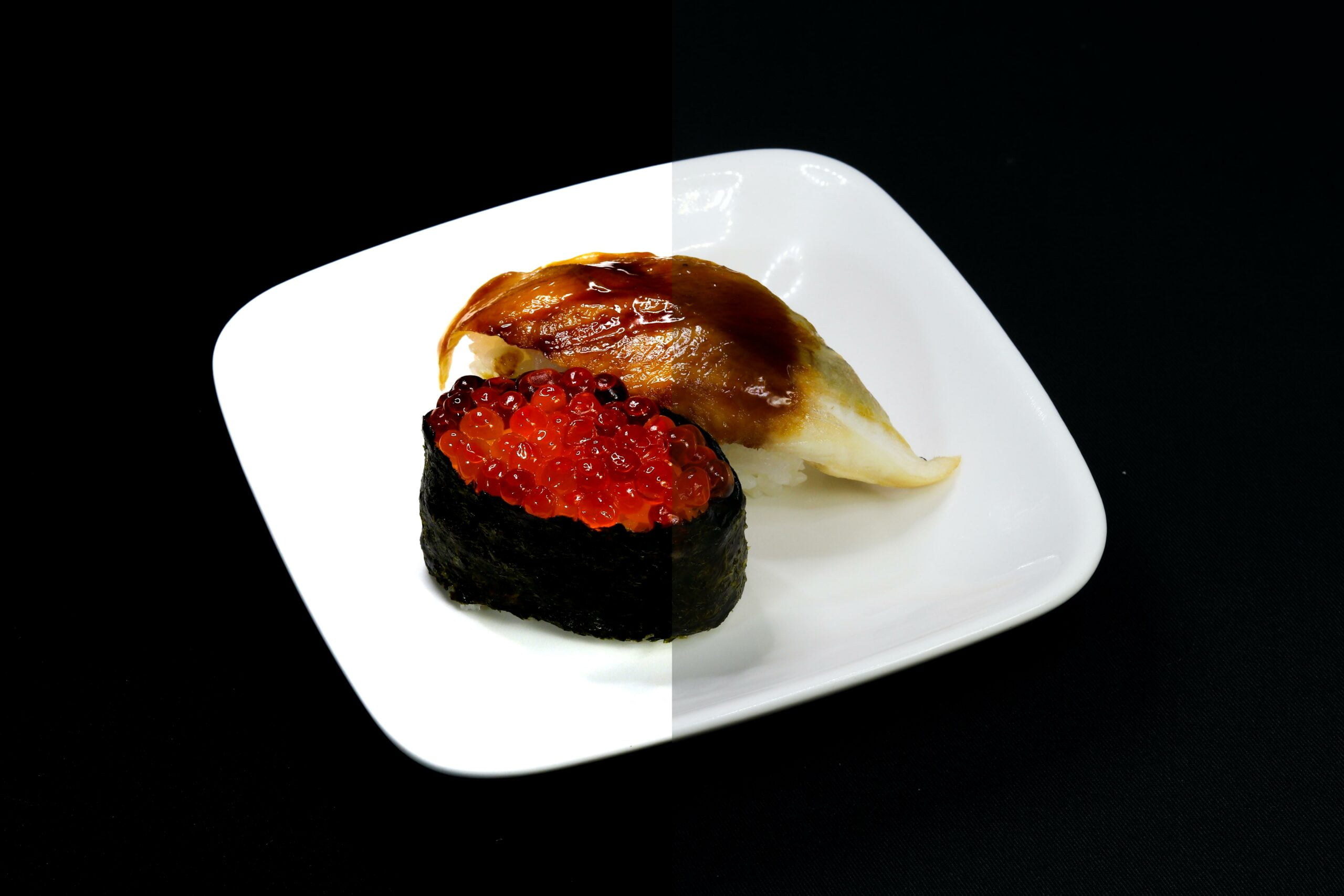Are you ready to delve into the fascinating world of sushi and discover the untold secrets lurking beneath the surface? In this article, we are about to embark on a culinary journey to Japan, where we will unveil the hidden: lesser-known facts about sushi. As an avid food enthusiast and writer with over a decade of experience in the realm of Japanese cuisine, I am here to guide you through the labyrinth of intriguing tales and debunk common misconceptions surrounding this revered dish. Get ready to be captivated by the rich traditions, intricate techniques, and astonishing history that set sushi in Japan apart from its global counterparts. Brace yourself for a mouthwatering adventure as we explore the depths of sushi’s hidden treasures.
Lesser-Known Facts about Sushi in Japan
Sushi, a beloved culinary tradition steeped in history, holds many intriguing secrets that are often overlooked. In this article, we delve into the lesser-known facts about sushi in Japan, shedding light on its origins, unique characteristics, and cultural significance. Join me on this journey of discovery as we unveil the hidden gems of sushi.
1. Sushi’s Surprising Roots
Contrary to popular belief, sushi didn’t initially originate in Japan. [Leser-known facts about sushi in Japan] reveal that sushi has its roots in China, where it was a method of preserving fish by fermenting it with rice. Surprising, isn’t it? Over time, sushi evolved and transformed into the delicacy we know today.
As we peel back the layers of sushi’s history, we are reminded that cultural exchanges are at the heart of culinary traditions.
2. The Rise of Modern Sushi
Did you know that the original version of sushi discarded the rice and only consumed the fish? The evolution of sushi took a leap forward in Tokyo around 1824 when a street vendor named Hanaya Yohei came up with a groundbreaking idea. He started serving fresh fish on vinegared rice, revolutionizing the sushi landscape and paving the way for modern sushi as we know it today.
3. The Unexpected Aromas and Tastes
While sushi has gained immense popularity worldwide, there’s one type of sushi that often goes undiscussed: fermented sushi. This lesser-known style may surprise you with its pungent aroma and cheese-like taste. The traditional fermented sushi, known as narezushi, offers a unique culinary experience that just might make you reconsider your sushi preferences.
In the world of sushi, venturing into the lesser-known territory can lead to delightful surprises that challenge our taste buds.
4. Sushi’s Serendipitous Rise to Popularity
An unexpected turn of events led to sushi’s widespread popularity in Japan. In 1923, an earthquake devastated many cookhouses, leaving people with limited options for cooked meals. As a result, the consumption of raw fish soared, and sushi gained its stronghold in Japanese cuisine. This unforeseen circumstance forever changed the culinary landscape, shaping sushi into the iconic dish it is today.
5. The Sushi Misconception
When we hear the word “sushi,” our minds often jump to thoughts of raw fish. However, [lesser-known facts about sushi in Japan] challenge this common misconception. Contrary to popular belief, sushi refers to the vinegared rice that accompanies various toppings, which can be seafood, vegetables, or even meat. The term sushi doesn’t inherently imply raw fish—another eye-opening revelation!
Let’s unravel the mysteries behind sushi’s name and discover the essence that goes beyond its popularized association with raw fish.
6. Salmon’s Late Entrance to the Sushi Scene
Although salmon has become a staple in sushi restaurants worldwide, it might come as a surprise that it was not traditionally used in sushi in Japan. It was only in the 1990s that salmon gained popularity in sushi establishments. Despite this relatively recent addition, salmon has managed to become a beloved choice for sushi aficionados globally.
7. Demystifying Uni
The word “uni” often brings to mind the idea of roe, but it’s time to unveil the truth. [Leser-known facts about sushi in Japan] disclose that uni refers to the sea urchin’s gonads, not its roe. While it may not sound appetizing at first, many sushi connoisseurs consider uni a delicacy, appreciating its creamy texture and distinct flavor.
As we conclude our exploration of these lesser-known facts about sushi in Japan, we discover that this beloved cuisine carries a richness that goes beyond what meets the eye. By stepping off the beaten path, we open ourselves to a deeper understanding and appreciation of sushi’s origins, traditions, and delectable wonders.
Embark on your own sushi journey, and let the lesser-known facts guide your path, as you savor each bite of this culinary masterpiece.
Sushi has become a worldwide sensation, but did you know that the best sushi is found in Japan? If you’re a fan of this delectable cuisine, you won’t want to miss out on these fascinating facts about sushi in Japan. From the traditional art of sushi-making to the unique ingredients used, Japan offers a culinary experience like no other. Discover the secrets behind the perfect sushi roll and explore the rich history and cultural significance of this iconic Japanese dish. Prepare to be enchanted by the flavors and traditions of sushi in Japan. So, why wait? Click here to uncover the captivating facts about sushi in Japan: facts about sushi in Japan.
FAQ
Question 1: What are the origins of sushi?
Answer 1: Sushi has Chinese roots and was originally a way of preserving fish by fermenting it with rice. However, the sushi rice was originally discarded, and only the fish was eaten.
Question 2: Who invented modern sushi?
Answer 2: Modern sushi was invented in Tokyo around 1824 by a street vendor who served fresh fish on vinegared rice.
Question 3: Does traditional fermented sushi have a strong smell?
Answer 3: Yes, the traditional fermented sushi is quite stinky and tastes like cheese.
Question 4: How did an earthquake in 1923 affect the popularity of sushi in Japan?
Answer 4: An earthquake in 1923 destroyed many cookhouses and forced people to eat raw fish, contributing to the increased popularity of sushi in Japan.
Question 5: What is the meaning of sushi and when was salmon introduced as a sushi ingredient?
Answer 5: Sushi receives its name from the rice, not the fish, and it does not mean raw fish at all. Salmon, which is technically a white fish, was not used in sushi until the 1990s.
“`json
“`
- Medieval Houses: A Social History Through Architecture - April 29, 2025
- Unlock Senior Perks: How Old is a Senior Citizen?Complete Guide - April 29, 2025
- Happy Patients: Tech Solutions for Better Healthcare - April 29, 2025
















